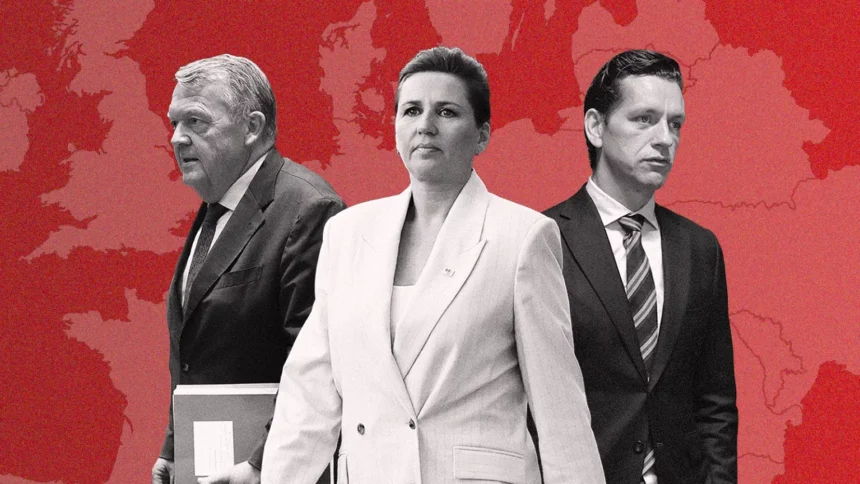It is difficult for Denmark to conceal its sense of vindication when it comes to migration. Speaking earlier this month at the European Parliament in Strasbourg, Prime Minister Mette Frederiksen stated, “What has been mainstream among our populations for quite a few years is even mainstream for many of us politicians. It appears that a growing number of nations have united around the idea that the migration flows should be democratically controlled.
In terms of EU migration policy, Denmark was viewed as the bad guy for many years. With the use of its opt-out provision from the EU asylum system, the nation started enacting more stringent regulations in the wake of the 2015–2016 migrant crisis in an effort to discourage new arrivals and impede access to legal security.
Denmark enacted a “paradigm shift” law in 2019 that established temporary refugee protection as the new standard. In order to encourage labor market integration and lessen reliance on aid, the emphasis shifted to self-sufficiency. There were still opportunities for permanent residence, but they came with stringent requirements for long-term, full-time employment.
The first country in Europe to designate areas of Syria “safe” was Denmark, which said that conditions there had “improved significantly.” The categorization was very contentious at the time and garnered international attention, leading to the revocation of hundreds of Syrian refugees’ residency cards.
Also Read:
Medhat Elabd: Driving Financial Foresight Through Trust and Precision




